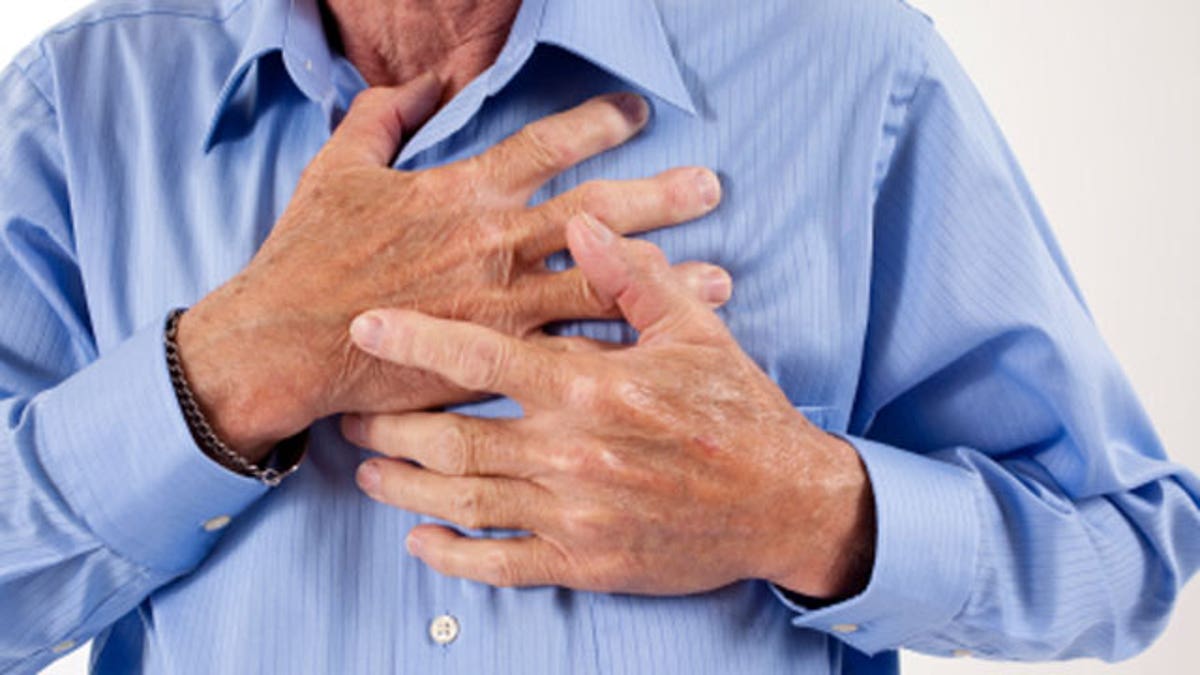
(iStock)
More people hospitalized for cardiac arrest are surviving compared with a decade ago, according to a U.S. study, possibly because of changes in hospital treatment and the way bystanders respond when somebody collapses.
The study, which appeared in the journal Circulation, found that in 2008, the death rate among U.S. residents hospitalized after cardiac arrest was just under 58 percent - down from almost 70 percent in 2001.
Researchers, led by Alejandro Rabinstein of the Mayo Clinic in Rochester, Minnesota, based their findings on a national hospital discharge database that included nearly 1.2 million people hospitalized for cardiac arrest.
They stressed that the numbers accounted only for cardiac arrest victims who survive long enough to be admitted to the hospital. Many people die before then.
"This does not say anything about the rates of mortality of all (cardiac arrest) resuscitation attempts," Rabinstein said in an email. "But the study does have a clear message. If you have a cardiac arrest and you get to be hospitalized, your chances of surviving the hospitalization are getting better."
Cardiac arrest occurs when a problem in the heart's electrical activity causes it to stop beating normally, making it unable to pump blood to the body. It's fatal within minutes unless the normal rhythm can be restored with a shock from a defibrillator.
But since 2001, a few advances have been made in treating cardiac arrest, Rabinstein's team said.
One is that experts now recommend bystanders do "hands-only" CPR, which means chest compressions alone and no mouth-to-mouth breathing. It's believed to be easier for laypeople to perform, and may have caused more people to be willing to perform CPR on a stranger.
The public also has more access to devices called automated external defibrillators (AEDs) - portable, layperson-friendly versions of the equipment doctors use to shock an arrested heart.
At hospitals, some things have changed too.
In recent years, doctors have started doing angioplasty in certain patients soon after they arrive, which Rabinstein said he thinks may help.
In addition, patients who remain comatose after cardiac arrest are receiving a new treatment called "therapeutic hypothermia," and it involves cooling the patient's body using cold IV saline, cooling blankets or ice packs. A day later, doctors slowly re-warm the patient.
The cooling therapy helps protect the brain, which is often severely damaged by cardiac arrest. Research suggests it allows more people to survive with their brain function intact.
The rising survival rate in the study came at the same time hospitals started using therapeutic hypothermia.
"The effect of therapeutic hypothermia is mainly improving survival with (brain) function, rather than survival itself," Rabinstein said, though he added that there is some evidence the therapy is improving long-term survival as well.
But the researchers warned that U.S. hospitals have been fairly slow to adopt the treatment, so it's hard to know how much of an impact it might be having on the national level.
